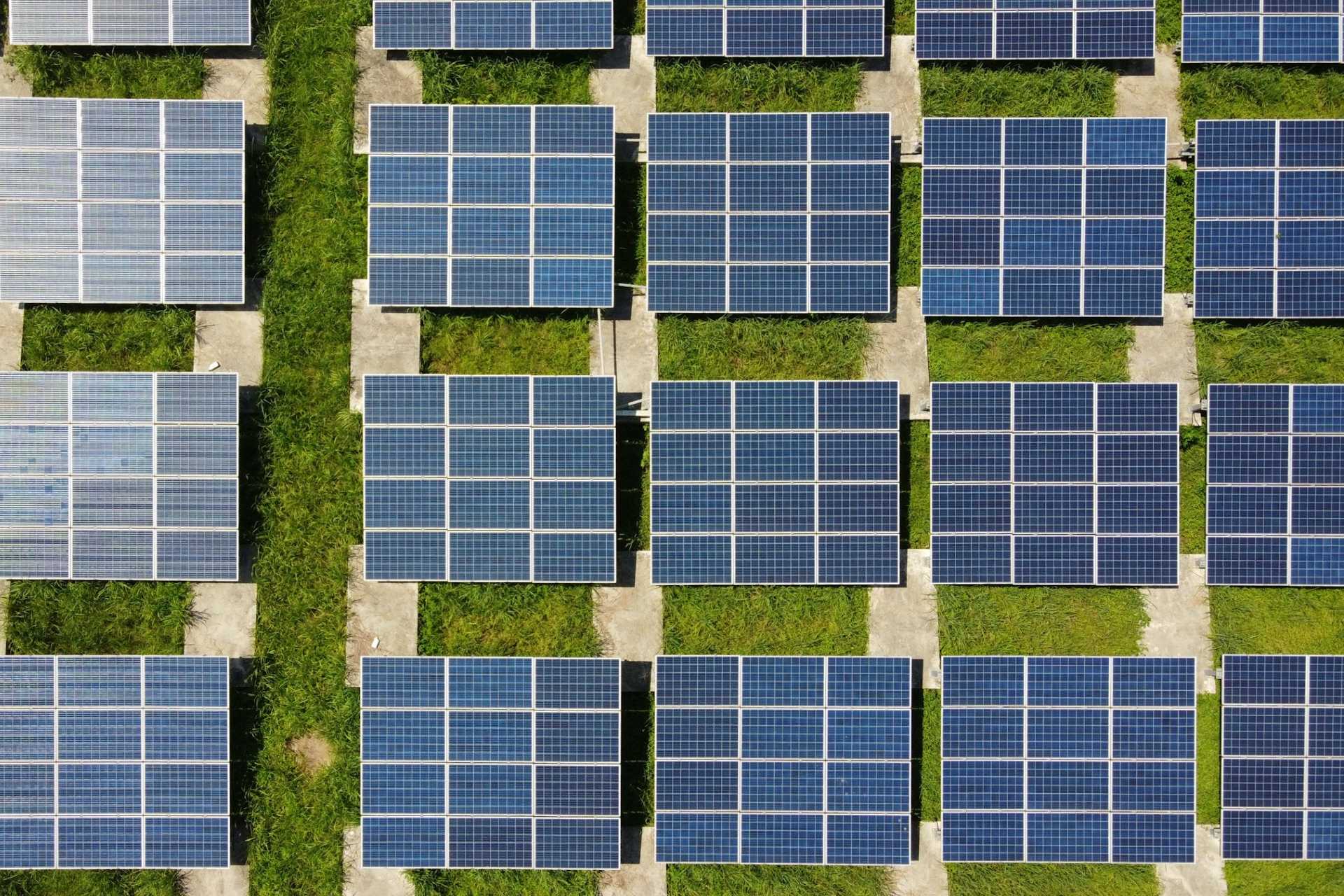The horizon appears promising for low-emission technology, as highlighted in the latest report from the International Energy Agency (IEA). The report delves into the upcoming power landscape, offering projections on the primary sources expected to fuel the world. According to the findings, wind, solar, and nuclear energy are anticipated to sufficiently fulfil the escalating global demand for the next three years.
Electricity from low-emitting sources to grow
By 2026, the IEA report predicts that electricity generation from low-emissions sources will make up roughly half of the world’s power. In 2023, that number was 40%. Coal is also set to steadfastly move into the past, with renewables expected to overtake coal power by 2025.
Output from sources such as wind turbines and solar panel will be vital to the energy equation, as electricity demand is projected to rise by 3.4% from 2024 to 2026. Roughly 85% of this demand growth is from China, India, and southeast Asia.
“The decoupling of global electricity demand and emissions would be significant given the energy sector’s increasing electrification, with more consumers using technologies such as electric vehicles and heat pumps,” the report said.
The report suggests that the increase in electricity generation from renewables and nuclear sources is driving a structural decline in the power sector’s emissions. Global emissions from electricity generation are expected to decrease by 2.4% in 2024, with further declines projected in 2025 and 2026. This decoupling of global electricity demand and emissions is a positive development, especially given the growing electrification in the energy sector, with technologies like electric vehicles and heat pumps becoming more prevalent.
Looking at global electricity prices
Despite the positive trends, the report highlights regional variations in electricity prices and demand. While electricity prices were generally lower in 2023 than in 2022, significant regional disparities exist, impacting economic competitiveness. The European Union saw a decline in electricity demand for the second consecutive year in 2023, and recovery to pre-global energy crisis levels is not expected until 2026.
Moreover, the report sheds light on the contrasting electricity demand trends in Africa, where per capita electricity use has stagnated for over three decades. IEA Executive Director Dr. Fatih Birol urged the international community to collaborate with African governments to address this issue, emphasising the importance of reliable, affordable, and sustainable energy for economic and climate goals.
So, what does this mean for the UK?
While the race to net zero is more vital than ever, the IEA report points to overall positive trends. In the UK, electricity generated from renewable sources increased by 10.5% between 2021 and 2022 and accounted for 41.5% of electricity generated in the UK during 2022. Renewable energy use also grew by 4.7% between 2021 and 2022 and has increased more than nine-fold since 2000.
The Spring Budget, set to happen in March, will be a key indicator of the UK’s continued clean-energy journey. In the meantime, the Hub will be keeping an eye on the UK’s latest energy announcements.
Still have questions? Get in touch with the experts at Sustainable Energy First to discuss further.













